The Best
Top 15 Best Android Tablets Based On Real Reviews | 2024 Edition
You are looking for the best Android tablets in 2024? I review all new tablets and here I list the ten best Android tablets for different price segments.
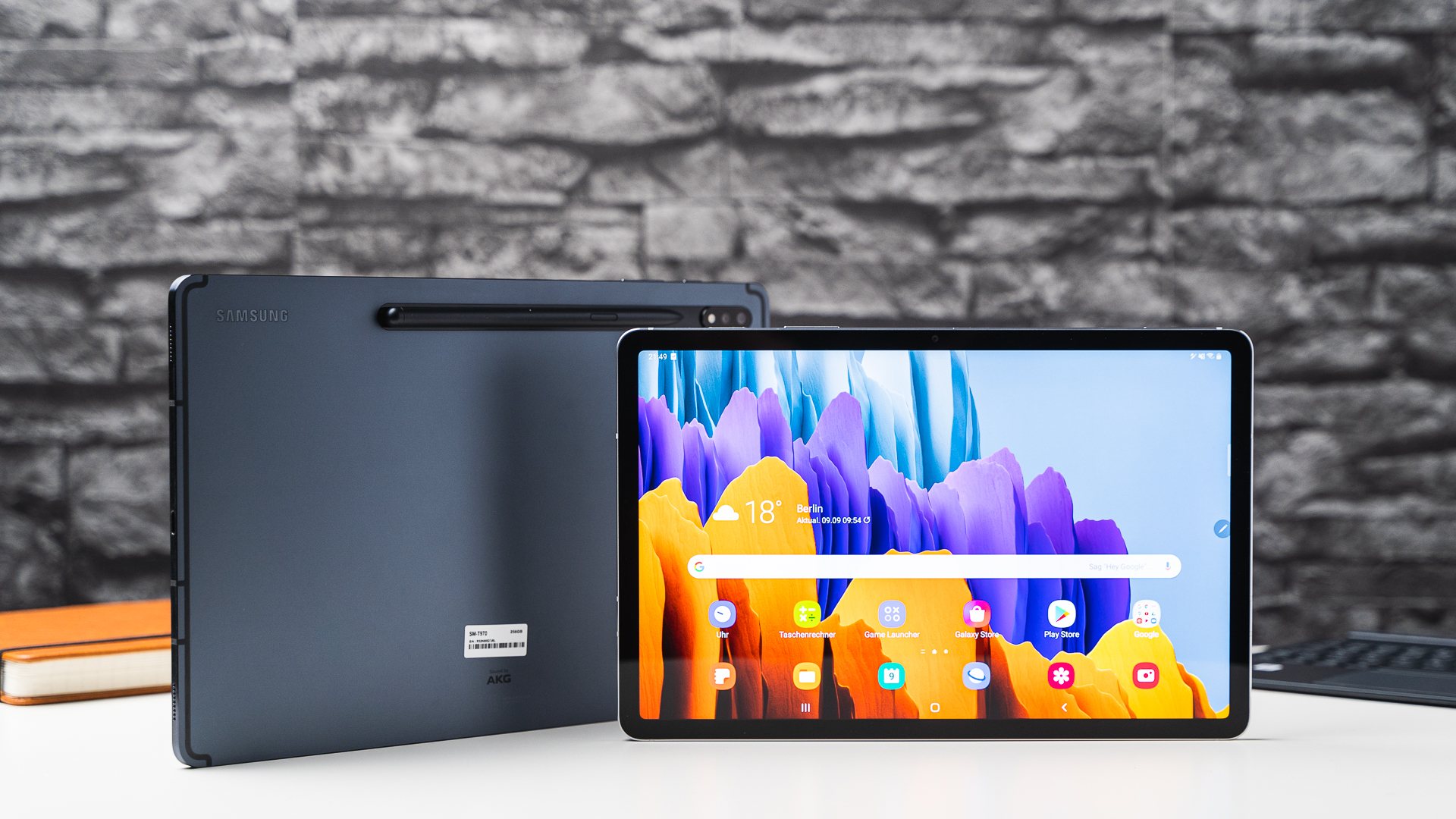
Which is the best Android tablet? Every year, lots of new devices are released and sometimes it’s hard to get a good overview. I’ve reviewed almost every tablet since 2008 – and with this, I’ve also tested almost every Android tablet that exists. In this guide, you learn which ones are the best to buy right now.
My best list consists of several parts. At the beginning you will find my three best recommendations and then a quick overview of all devices. Further down you will find more details and all of my reviews are linked. My test winners are sorted by price. The more expensive ones are at the top, the cheaper ones at the bottom.
In general, I can recommend every tablet on this list, because otherwise they would not be on here. Obviously, it is true that the more expensive tablets are significantly better than the cheaper ones. But that doesn’t mean you have to spend over $1000. In fact, I think that a mid-range tablet is fine for most.
The Best Android Tablets: An Overview
- Best overall: Samsung Galaxy Tab S9 series (on Amazon*). The three tablets of the Galaxy Tab S9 series are by far the best Android tablets on the market right now. Not only are they more powerful than the competition, but they also offer very pretty AMOLED displays, premium features like excellent speakers, the S Pen and fingerprint readers, and up-to-date software. The S9 is 11 inches, the S9+ 12.4 inches, and the S9 Ultra a whopping 14.6 inches.
- Upper mid-range: Lenovo Tab P11 Pro G2 (on Amazon*). The Lenovo Tab P11 Pro Gen 2 has an 11-inch OLED screen just like the Galaxy Tab S9, but is a bit weaker in all other aspects. However, it is still one of the best tablets on the market with very powerful hardware, a 120 Hz display, a good stylus, great keyboard cover and a long battery life.
- Cheap flagship alternative: Xiaomi Pad 6 (on Amazon*). Xiaomi offers flagship qualities just like Lenovo, in this case even with a 144Hz display, powerful hardware and a good overall package with optional pen and keyboard. It’s a cheaper alternative to the S9 and P11 Pro Gen 2, but it also only has an LCD instead of an OLED.
- Best Mid-range Android with Stylus: Samsung Galaxy Tab S9 FE Series (on Amazon*). The Samsung Galaxy Tab S9 FE and S9 FE+ are excellent alternatives to the regular S9 Series, only the FE series is cheaper. Still, the S Pen is included, and the build quality is just as high. Instead of an AMOLED, we get only 90Hz displays, and the performance is weaker.
- Great 12-inch mid-range: Lenovo Tab P12 (on Amazon*). The Lenovo Tab P12 is a 12-inch device just like the Galaxy Tab S9+, but it is weaker in all aspects and costs less than half as much. For the price, it offers a chic and large 12-inch display, a high-quality build, a solid stylus, the hardware is powerful enough, and there is a good optional keyboard cover.
- Excellent value: Lenovo Tab P11 G2 (on Amazon*). With the Tab P11 G2, Lenovo has a tablet on offer that is pretty inexpensive, but offers a very good price-performance ratio. We get a decent 120Hz display, decent performance and a pretty good optional keyboard cover that is especially good for students. I cannot recommend the pen, though.
- Cheapest recommendation with pen: Samsung Galaxy Tab S6 Lite 2022 (on Amazon*). The Samsung Galaxy Tab S6 Lite 2022 offers an excellent pen at a relatively low price. In fact, the S Pen is almost as good as from the expensive Galaxy Tab S9. However, the S6 Lite 2022 is weaker in all other aspects, is in the lower mid-range, but offers a good value. Unfortunately, there is no good keyboard cover.
- Entry-Level Tablet with Good Value for Money: Samsung Galaxy Tab A9+ ( on Amazon*). The Samsung Galaxy Tab A9+ is an affordable entry-level tablet that has quite a lot to offer. We get an 11 inch 90Hz display, good performance for the price, and the latest software. It’s a good alternative to the Lenovo Tab P11 G2 and Galaxy Tab S6 Lite if you don’t need a stylus or a keyboard.
- Cheap 12-inch tablet: Honor Pad 8 (on Amazon*). The Honor Pad 8 is the cheapest 12-inch tablet on the market and is suitable as an entertainment tablet for watching movies and series, as well as YouTube. It’s pretty inexpensive, but still has a very large display. The hardware performance is not quite as good and there are no keyboard or pen options.
- Good entry-level tablet: Xiaomi Redmi Pad SE (on Amazon*). The Xiaomi Redmi Pad SE is a good entry-level tablet. It’s a bit weaker than the previously mentioned devices in all regards, but offers a good overall package for the price with plenty of storage, a solid metal chassis, solid speakers, and even an 11-inch 90Hz display.
- Good 9-inch mini tablet: Lenovo Tab M9 (on Amazon*). The Lenovo Tab M9 is a good 9-inch tablet in the body of an 8-incher. It’s a good value, offers a solid display, solid performance, and quality build. The tablet is great for the price – it is rather a shame that there is currently no small premium tablet with Android available outside of China.
- Cheapest recommendation: Amazon Fire 7 (on Amazon*). The Amazon Fire 7 is one of the cheapest tablets on the market and thus also plays in the lowest league in all points. Nevertheless, the 7-inch tablet is usable for much under 100 Dollars – at least for surfing the internet and simple casual games. Only get it when it has to be extremely cheap.
Best Android Tablets: All Details
Let’s now look at the best Android tablets in detail. My reviews are linked in each case if you want to know details about performance, battery life or other features like its pens and keyboard cover.
Samsung Galaxy Tab S9 Series: Best Overall
The three tablets of the Samsung Galaxy Tab S9 series are currently the best Android tablets on the market. Not only is the performance better than the competition, we also get very fancy AMOLED displays in different sizes. In addition, there is the S Pen, up-to-date software, good speakers, fingerprint reader and optional keyboard covers.
|
3.5
|
3.5
|
3.5
|
|
$799.99
|
|
$1,148.93
|
They mainly differ in terms of screens. The Galaxy Tab S9 is 11 inches, while the Galaxy Tab S9+ has a 12.4-inch display and the Galaxy Tab S9 Ultra is a huge 14.6 inches. All are AMOLEDs, with black levels in particular looking really black compared to regular LCDs. They are fully laminated and support 120Hz.
The S Pen stylus is included in each case. As in the predecessors, it works really well, which is also due to the excellent Samsung Notes app. Thus, the tablets are well suited for handwritten notes and drawing.
A Qualcomm Snapdragon 8 Gen 2 processor, which is supported by 8GB, 12GB or 16GB RAM, ensures a very good performance in each case. The internal storage can be between 128GB and 1TB, and all models have a MicroSD card slot. Options with 5G are also available.
In both my benchmark tests and real-world gaming and video render tests, the Galaxy Tab S9 devices are faster than any other Android tablet. To be fair, though, the iPad Pro with the Apple M2 chipset is more powerful. However, the iPad Pro is also more expensive.
Other features of the S9 series include four good speakers, a fingerprint reader underneath the AMOLED displays, and the metal cases are protected against water and dust according to IP68. The two optional keyboard covers that can be purchased for the S9, S9+ and S9 Ultra are also top-notch.
Does everything sound too good to be true? It kind of is, but they are flagship tablets. The big drawback is the price. If you want, you can spend up to 2000 Dollars, which is almost outrageous. But it is also possible under 800 Dollars.
Read: My Samsung Galaxy Tab S9 Series Review
Lenovo Tab P11 Pro Gen 2: 11-Inch Flagship Alternative with OLED
The Lenovo Tab P11 Pro Gen 2 is a good alternative to the Samsung Galaxy Tab S9 if you want to save some money and still have an 11-inch OLED display. The P11 Pro Gen 2 also has the advantage that black really looks like black, it’s 600 nits bright and can play HDR 10+ movies. In addition, the high-resolution display also supports 120Hz.
The Lenovo Tab P11 Pro Gen 2 gets fantastic results in my review. It offers a great 10.2-inch OLED screen, powerful hardware, lots of storage, as well as a solid pen and good keyboard cover. I also like its long battery life, its loud speakers, and the productivity mode with external screen support. However, while it's supposed to get two major updates, it probably won't be updated as long as the flagships from Samsung and Apple.
Other aspects are a bit weaker than the S9, but it’s also cheaper. Inside the tablet works a MediaTek Kompanio 1300T octa-core processor with 6GB or 8GB of RAM and 128GB or 256GB of internal storage. It’s a great tablet for gaming, even with more demanding titles. However, some games don’t look as good compared to the Galaxy Tab S9. In return, it got an amazing 10.5 hours in my standard battery test.
You can buy the Tab P11 Pro Gen 2 with an active stylus called the Lenovo Precision Pen 3. It’s a great stylus, but in direct comparison, I prefer the Apple Pencil or the S Pen. A big reason for this is their better software. Another optional accessory is a keyboard cover, which is very good.
The only major drawback is the plastic body, while most competitors are made of metal. And it lacks some features like a fingerprint scanner.
Read: My Lenovo Tab P11 Pro Gen 2 Review
Xiaomi Pad 6: Nice & Affordable Flagship Alternative
The Xiaomi Pad 6 is an excellent alternative to the Samsung Galaxy Tab S9 and Lenovo Tab P11 Pro Gen 2 if you are looking for a cheaper tablet but don’t want to miss out on flagship qualities. It comes very close to the two rivals and it’s a good deal cheaper.
Instead of an OLED, the Xiaomi Pad 6 has an 11-inch IPS display that is also nice and high-resolution and even supports 144Hz instead of 120Hz. You can also write on the screen with an active pen, which is also pretty good, just again not quite as excellent as the S Pen.
The Xiaomi Pad 6 offers a fantastic value. Even though it's quite affordable, it offers tons of flagship features like a metal body, a pretty 144Hz display, powerful hardware, and up-to-date software. You can get it with a keyboard and pen - however, some features like a fingerprint scanner are missing.
Especially the graphics performance is a bit weaker than Samsung’s, but still good enough for all even demanding games. This is taken care of by a Qualcomm Snapdragon 870 processor with 8GB or 12GB of RAM and 128GB up to 512GB of internal storage. Unfortunately, there is no version with 5G or LTE and even GPS is missing.
On the other hand, it is nice that the tablet has a metal casing, four good speakers, up-to-date software and a long battery life. As an optional accessory, there is a solid keyboard cover, but it’s not quite as good as the two from Lenovo and Samsung.
Read: My Xiaomi Pad 6 Review
Samsung Galaxy Tab S9 FE and S9 FE+: Great mid-range with stylus
The Samsung Galaxy Tab S9 FE and Galaxy Tab S9 FE+ are an excellent alternative to the Galaxy Tab S9 series. They are particularly exciting if you want to spend as little money as possible for good premium features and the S Pen. They have a fingerprint scanner, a metal case protected against water and dust, the fantastic S Pen, and two good optional keyboard covers. However, the pure processing power is weaker than that of the Xiaomi Pad 6.
Instead of AMOLEDs, we get LCDs. The Galaxy Tab S9 FE has an 11-inch display, while that of the Galaxy Tab S9 FE+ is 12.4 inches. Both are nicely bright, have a high resolution, and support 90Hz. So in this regard, they are somewhat weaker than the 120Hz and 144Hz tablets we’ve looked at so far on this list.
The Samsung Galaxy Tab S9 FE+ is a 12.4-inch mid-range tablet that features a pretty 90hz LCD screen with pen support and a Samsung Exynos 1380 processor with up to 12GB of RAM and up to 256GB of storage. Unique selling points are its water resistant body, as well as the included S Pen stylus.
On the other hand, it’s great that the S Pen is included and works almost the same as with the more expensive S9 tablets. Only some gestures are not supported; other than that, the stylus is just as good and is therefore excellent for notes and drawing.
As usual for Samsung tablets, the S9 FE series will receive major software updates for a few years. They are shipped with Android 13 and OneUI in version 5.1.
For good performance, the Samsung Exynos 1380 chipset provides up to 12GB RAM and up to 256GB of internal storage. Although the performance is somewhat weaker than the Xiaomi Pad 6, you can still play games like Fortnite.
Lenovo Tab P12: Good 12-Inch Mid-Range Tablet
The Lenovo Tab P12 is a wonderful alternative to the Samsung Galaxy Tab S9+ – just in case you would like a 12-inch tablet, but don’t want to pay Samsung’s high price. The P12 is a mid-range tablet that is a bit weaker, but also a bit cheaper. I think it’s an excellent choice for most, unless you want to play the latest games at the highest graphics settings.
At 12.7 inches, the display is nice and large, and at the same time, the IPS panel has a nice high resolution of 2944 x 1840 pixels. It’s fully laminated, sufficiently bright, and very suitable for Netflix and YouTube. Also because of the four very good speakers. However, unlike the S9+, it’s only a normal 60Hz display instead of 120Hz.
The Lenovo Tab P12 offers a fantastic value for its price. We get a high-resolution 12.7-inch display, an active stylus, a solid performance, up-to-date software, as well as a good optional keyboard cover. At the same time it offers good speakers and a fingerprint scanner. Sadly, the battery life is quite short.
- Pretty 12.7-inch display
- Premium metal body
- Good active pen
- Solid performance
- Good speakers
- Fingerprint scanner
- Up-to-date software
- Short battery life
The Lenovo Tab Pen Plus is included by default, which is an active pen that also works well. It’s not quite as good as the S Pen. Another pretty good accessory is the optional keyboard cover, which allows you to turn the Tab P12 into a laptop.
Inside the Lenovo Tab P12 sits a MediaTek MT8791V processor with 4GB or 8GB of RAM and 128GB or 256GB of internal storage. This processor is good enough for almost all tasks and you can also play almost any game with it – demanding but not with high graphics settings. It’s just a bit weaker than the first tablets in this best list.
Read: My Lenovo Tab P12 Review
Lenovo Tab P11 G2: Great Value For Students
The Lenovo Tab P11 G2 is again a good deal weaker than the first tablets in this list, but at the same time a great deal cheaper – and I actually consider the price/performance ratio to be really good. Namely, we get a good overall package with a good optional keyboard that also makes it a good and inexpensive choice for students.
Lenovo has given the P11 G2 an 11.5-inch FullHD display, which is surprisingly good for the price and especially supports 120Hz – no device in this price range had that before. The speakers are also solid, which makes it well suited as an entertainment tablet.
The Lenovo Tab P11 Gen 2 is a great choice if you're looking for an inexpensive Android tablet with keyboard or a good but affordable entertainment tablet. It offers a large 120Hz screen, a good build quality, almost pure Android and it's well made overall. However, if you need a great pen, Samsung's competition is a better choice.
A major weakness, however, is the stylus. While it supports Lenovo’s Precision Pen 2, it disappointed me in my test. If you need a pen, I would rather go for the Xiaomi Pad 6 or Samsung Galaxy Tab S6 Lite 2022. The Precision Pen 2 is simply not precise enough.
Good performance is provided by a MediaTek Helio G99 processor with 4GB or 6GB of RAM and up to 128GB of storage. Of course, it’s significantly weaker than the Lenovo Tab P11 Pro Gen 2 in benchmarks and gaming tests, which is also significantly more expensive. However, it’s sufficient for most applications and games – but you cannot play demanding games with the highest graphics settings.
I find the optional keyboard cover pretty cool. It not only protects the tablet from all sides, but also offers a pretty good keyboard and a solid touchpad. It doesn’t feel quite as premium as more expensive models, but it works pretty well in real life.
Read: My Lenovo Tab P11 G2 Review
Samsung Galaxy Tab S6 Lite 2022: Cheapest Tablets With Pen Support
The Samsung Galaxy Tab S6 Lite 2022 edition offers a very good value if you are looking for a 10-inch mid-range tablet. It’s thus more of a very affordable alternative to the Galaxy Tab S9 and significantly smaller than the Lenovo Tab P12 – it’s a direct alternative to the Lenovo Tab P11 G2. The 2020 S6 Lite is very similar to the 2022, but due to longer software updates, I only recommend the 2022 edition when buying a new device.
We get a 10.4-inch LCD display here with a resolution of 2000 x 1200 pixels, which is still high-resolution enough for this display size. It’s a 60Hz panel, but it’s sufficiently bright and colors and contrast look noticeably better than cheaper entry-level tablets.
Just like the other devices in the Galaxy Tab S series, the S Pen is included and works exactly the same. This makes the S6 Lite great for handwritten notes and drawing, especially if you want to save a lot of money. The Samsung Notes app and the S Pen commands are preloaded just like in the S9.
The internal hardware is significantly weaker than the S9 and also weaker than the Xiaomi Pad 6, with a Qualcomm Snapdragon 720G processor inside with 4GB of RAM and 64GB or 128GB of internal storage. LTE is also available as an option.
As mentioned, the performance is significantly weaker. Common apps run well on the S6 Lite, but Fortnite, for example, can only be played properly with the lowest graphics settings. Intensive multitasking is possible with simple apps, but you will probably see stutters in more demanding ones.
The operating system is Android 12 out of the box and Samsung will certainly distribute updates for a couple of years to come. Samsung’s DeX Destop mode and most of the features that the S9 has are preinstalled.
While we get a metal chassis that feels premium, it only has two speakers and lacks a fingerprint reader. It’s also only a USB C 2.0 port instead of USB 3.1, so you can’t connect an external monitor. I also find it a shame that Samsung does not offer a really good keyboard cover as an accessory.
Read: My Samsung Galaxy Tab S6 Lite 2022 Review
Samsung Galaxy Tab A9+: Good Price-Performance Ratio
The Samsung Galaxy Tab A9+ is an excellent alternative to the Lenovo Tab P11 Gen 2 and Samsung Galaxy Tab S6 Lite 2022 if you want to save some money and don’t need a stylus or keyboard cover. Neither is included with the A9+. However, it’s usually cheaper and still has an 11-inch 90Hz display.
The Samsung Galaxy Tab A9+ is a good entry-level tablet whose processor performance has improved significantly compared to its predecessor. We also get a good 90Hz display, comparatively large storage options and up-to-date software. Samsung's long software updates are particularly great. It is a pity that the S Pen is not supported and the build quality could be better.
- Good 90Hz display
- Improved hardware
- Large storage options
- Long software updates
- Samsung DeX
- Weak build quality
- No S Pen
- Short battery life
For Android tablets in this price range, we have to do without premium features like a fingerprint reader and a water-resistant casing. However, it will receive two years of major Android updates up to Android 15. Security updates will continue even longer.
The processor performance of the Qualcomm Snapdragon 695 processor is roughly comparable to the S6 Lite 2022 and Lenovo Tab P11 Gen 2. So, many games can be played well, but not always with the highest graphics settings.
Also Read: How to Take Screenshots with Samsung Tablets
I think the Galaxy Tab A9+ is a good choice if you’re just looking for a good and inexpensive tablet that will be kept up to date for a long time, but you don’t need premium features. As mentioned, it also doesn’t support the S Pen.
Honor Pad 8: Inexpensive 12-Incher
The Honor Pad 8 is a good choice if you are looking for a cheap tablet with a large display and good speakers to watch movies via Netflix and Prime Video or YouTube. Although it lacks pretty much all premium features, it has a large 12-inch IPS display and pretty good speakers. This makes it a good and affordable entertainment device.
The Honor Pad 8 is a great choice if you're looking for an affordable entertainment tablet with a 12-inch display and great speakers. It's not perfect, however. The resolution is quite low and the processor performance is weak. On a positive note, we get lots of storage, a large RAM, Android 12, and a premium-feeling metal body.
The 12-inch display has a resolution of 2000 x 1200 pixels, which is just above Full HD. I think that’s pretty low for 12 inches, and if you look closely, you can see some pixelation. Text and icons don’t look super sharp. However, a Full HD resolution is okay for watching movies.
A Qualcomm Snapdragon 680 octa-core processor with 6 GB of RAM and a 128 GB internal storage work inside. Thanks to the large working memory, multitasking works well and the tablet feels surprisingly snappy. However, it’s not ideal for gaming. Most demanding games have to be played with low graphics settings.
Although the Honor Pad 8 lacks features like a fingerprint scanner, it has a full metal chassis, which makes it look and feel more expensive than it’s worth. Unfortunately, the battery life proved to be quite short in my test.
Read: My Honor Pad 8 Review
Xiaomi Redmi Pad SE: Very Good Entry-Level Tablet
The Xiaomi Redmi Pad SE is the cheapest 10 to 11-inch entry-level tablet that I can currently recommend with a clear conscience. It is very inexpensive and I cannot recommend it as a gaming tablet – rather choose the Lenovo Tab P11 G2 or Xiaomi Pad 6 for that. However, it’s well suited for surfing the Internet, YouTube and Netflix, as well as simple games.
I like the fact that we get an 11-inch display with a Full HD resolution despite the low price and that this display supports 90 Hz. The direct competitors from Samsung and Lenovo only offer 60 Hz in this price range. At the same time, the speakers are good enough for YouTube and Netflix.
The Xiaomi Redmi Pad SE is an affordable tablet with an 11-inch 90Hz display and a Snapdragon 680 processor. While the hardware is sufficient for everyday tasks, it lacks the graphical power for demanding games. It's less suitable as a gaming tablet or for work, but due to its good display and solid speakers, it's a great and inexpensive entertainment tablet for Netflix and YouTube.
As mentioned, the graphics performance leaves a lot to be desired. However, the performance of the Qualcomm Snapdragon 680 with 4GB, 6GB or 8GB of working memory is good enough for other applications. It is really exemplary that a very large storage of 128 GB is installed as standard. The competition again only offers 32GB storage in the cheapest versions.
Premium features like fingerprint reader or pen support are missing, and Xiaomi does not offer an optional keyboard cover. In return, however, the case is made of aluminum and feels well-built.
Read: My Xiaomi Redmi Pad SE Review
Lenovo Tab M9: Best 9-Inch Android Tablet?
There is currently no high-quality 8 or 9-inch Android tablet on the German market – a real shame. However, with the Lenovo Tab M9 there is an amazingly good lower mid-range tablet with a 9-inch display, but the tablet itself is only as big as many 8-inch tablets due to narrow bezels. I think the price/performance ratio is really good here.
The Lenovo Tab M9 is better than other up-to-date and widely available 8-inch Android tablets on the market right now. Sure, with 9 inches, it's a bit bigger, but not much. It's fast enough, the display is quite bright and the battery lasts long. Sadly, there's no high-end competitor running Android right now.
We get a nifty 9-inch display that does a lot of things right and is relatively bright at 400 nits. It has an HD resolution and I wish it was a bit sharper, but even the competition unfortunately only has the same resolution. It does not support an active stylus.
The Lenovo Tab M9 is exciting because of the MediaTek Helio G80 processor with 3GB or 4GB of RAM and up to 128GB of storage. With the chipset, it’s especially the graphics performance that is better than the realme Pad mini and Nokia T10 – two very direct competitors. However, demanding games like Fortnite do not run.
The casing is mostly made of metal and the speakers are solid. It’s almost pure Android preinstalled and the battery life is relatively long at 9 hours. Premium features like a fingerprint reader are missing, though.
Read: My Lenovo Tab M9 Review
Amazon Fire 7: Cheapest Recommendation
At the bottom of this list sits the Amazon Fire 7, and specifically the latest 2022 edition. It costs well under 100 Euros and it’s the weakest tablet on this best list. I can only recommend it if you want to spend as little money as possible and are actually looking for a “cheap” device. The Fire 7 is certainly useful, especially for small children, but it’s in the lowest league in almost every aspect.
The Amazon Fire 7 2022 edition is a very affordable tablet and its performance and battery life has improved a lot compared to its predecessor and the pricier Fire HD 8. Considering how cheap it is, it is a solid tablet. But only when factoring in its cheap price. Don't expect any top performance, a laminated screen, or features like a fingerprint scanner. Even the Google Play Store is missing out of the box.
The plastic casing feels and looks pretty cheap, but according to the manufacturer, it’s twice as robust as the Apple iPad Mini in drop tests. It’s pretty thick at 9.67mm, but we do get a microSD card slot and a USB C port. Fingerprint reader and other premium features are missing and the speaker is pretty quiet.
At 7 inches, the display is nice and small and has a low resolution of 1024 x 600 pixels. In fact, most of the screen’s features are okay. However, I find it’s particularly unfortunate that it’s not laminated. An air gap is visible between the IPS panel and the touchscreen. Amazon just saves at every corner to enable such a low price.
The performance is also cut. Although the performance has improved compared to the predecessor and also compared to the HD 8 thanks to the MediaTek MT8168A processor, it’s significantly weaker than the Lenovo Tab M9 or Xiaomi RedmiPad SE. We get 2GB of RAM and 16GB or 32GB of storage, but no LTE option.
The Fire 7 is an Android tablet, but it lacks all Google apps and the Google Play Store ex-factory. You can install that yourself, but it’s helpful if you have some experience with technology. But it’s Android. You can even install APKs or other app stores yourself.
Read: My Amazon Fire 7 Review
What About Huawei Tablets?
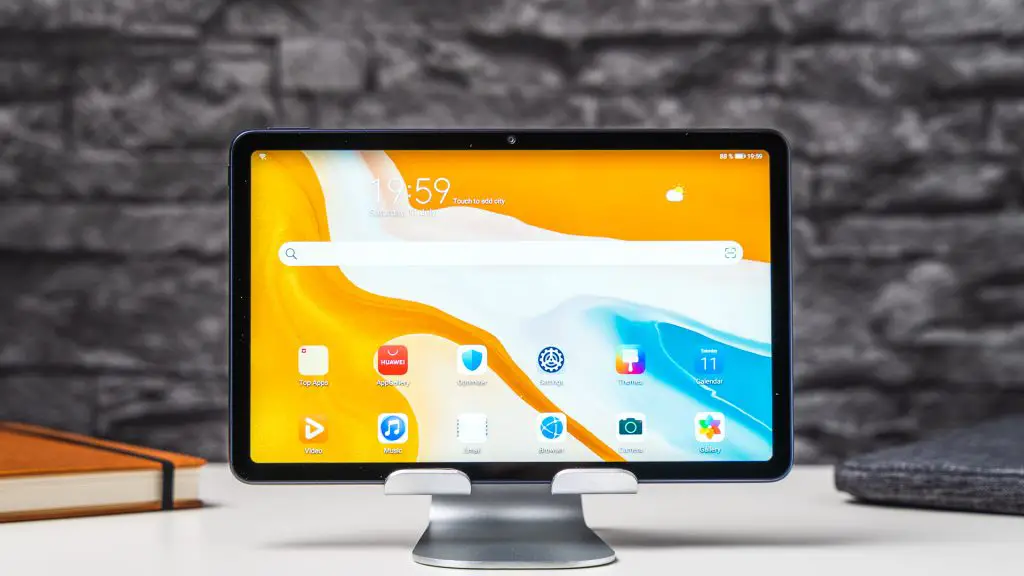
Like Samsung, Lenovo, and Amazon, Huawei is releasing new Android tablets every year. And in the past, I loved many of them and many were listed quite high on this list. But because of the trade war between the United States and China, the Google Play Store and all of Google’s Services are missing on new Huawei devices now. And you can’t install them as easily yourself as you can on Amazon’s devices.
Because of that, I can’t recommend any Huawei tablet for most people right now. If you’re getting an Android tablet, you usually want the Google Play Store, Google Chrome, YouTube, and Gmail. And you can’t even watch Netflix with HD resolution for a similar reason. That doesn’t stop me from reviewing them, of course.
If you’re looking for a mid-range tablet with active pen support, you can check out the Huawei MatePad 10.4. You can get it with an active stylus called the M Pencil. Basically, this tablet is very similar to the Samsung Galaxy Tab S6 Lite.
A cheap 8-inch tablet is the Huawei MatePad T8. It has an HD resolution, the performance is fine for simple tasks, but the 16GB internal storage is a bit too low. This is very similar to the Lenovo Tab M8 HD but without the Google Play Store.
The Huawei MatePad T10s is a direct competitor to the Samsung Galaxy Tab A7 and Amazon Fire HD 10. I like the metal body and the speakers are surprisingly good for their price. The 10.1-inch screen is fine too. But again, it’s missing the Google Play Store and you can’t install it as easily as you can on the Fire HD 10. So, for most, I don’t see why you would want to get it.
How I Review Android Tablets
I reviewed all devices on this list myself. I test almost every tablet that gets released unless I’m not able to buy it because it’s released in other countries only. My reviews are linked above to all the devices on this list. If you want to find more, just check out the category “Reviews” on this website. There you’ll find others that haven’t made it to this list.
For my reviews, I’m always running a couple of basic, standard tests so that I get comparable results. Among those are a couple of benchmarks like AnTuTu, Geekbench, 3D Mark, and others that test the performance of the processor and graphics chip. If supported, I also always play the same couple of games like Fortnite, PUBG Mobile, Call Of Duty, Asphalt 9, and others, so that I get a feel about the real performance.
To kind of get comparable battery life results, I always do the same battery test on all devices. I’m looping an HD video on YouTube at maximum brightness until the tablet shuts itself off. That’s a pretty realistic scenario that’s easy to run on every device. Sometimes I also do a battery test with videos running locally in case I want to compare it to an older tablet.
More important than benchmark results are my personal impression, though. A tablet can sound amazing on paper but if the software is not optimized, it can seem slow anyway. That’s why I use every tablet as my daily tablet for a while. I watch Netflix and YouTube, play a couple of games, use apps like Skype and I even get some work done in Microsoft Office and Adobe Lightroom.
Read my reviews to find out everything I do in more detail.
Update History
- This article was originally published on June 21st 2018.
- On May 10th 2018 I added the Huawei MediaPad M5 10.
- The Samsung Galaxy Tab S4, Huawei MediaPad M5 Lite 10, and T5 10 were added on September 26th. They replace the ASUS ZenPad 3S, Samsung Galaxy Tab S3, and Lenovo Tab4 10 Plus.
- I removed the old Samsung Galaxy Tab A 10.1 and added the Lenovo Tab P10 on November 26th.
- On May 10th 2019, I removed the Huawei MediaPad T5 10, Samsung Galaxy Tab A 8.0 2017, and Lenovo Tab4 8. I replaced them with the Samsung Galaxy Tab A 10.1 2019, Samsung Galaxy Tab A 8.0 with S Pen, and Chuwi Hi9 Pro.
- Added the Galaxy Tab S5e on June 7th and removed the Lenovo Tab P10.
- The Samsung Galaxy Tab S6 replaced the Galaxy Tab S4 and the Samsung Galaxy Tab A 8.0 SM-T290 replaced the Chuwi Hi9 Pro on October 7th 2019.
- I added the Lenovo Yoga Smart Tab and removed the Huawei MediaPad M5 10 on Januar 21st 2020. And I replaced the old Fire HD 10 with the new one.
- On November 25th 2020, I added the Samsung Galaxy Tab S7, S6 Lite and A7 and removed a couple of older ones. I also added a couple of words about current Huawei tablets.
- I completely updated this whole list on September 2nd 2022.
- On October 2nd 2023, I updated the whole list with the Galaxy Tab S9 series being the winner now.
- On March 2024, I added Samsung Galaxy Tab S9 FE series and Tab A9+
Leave a Reply
-
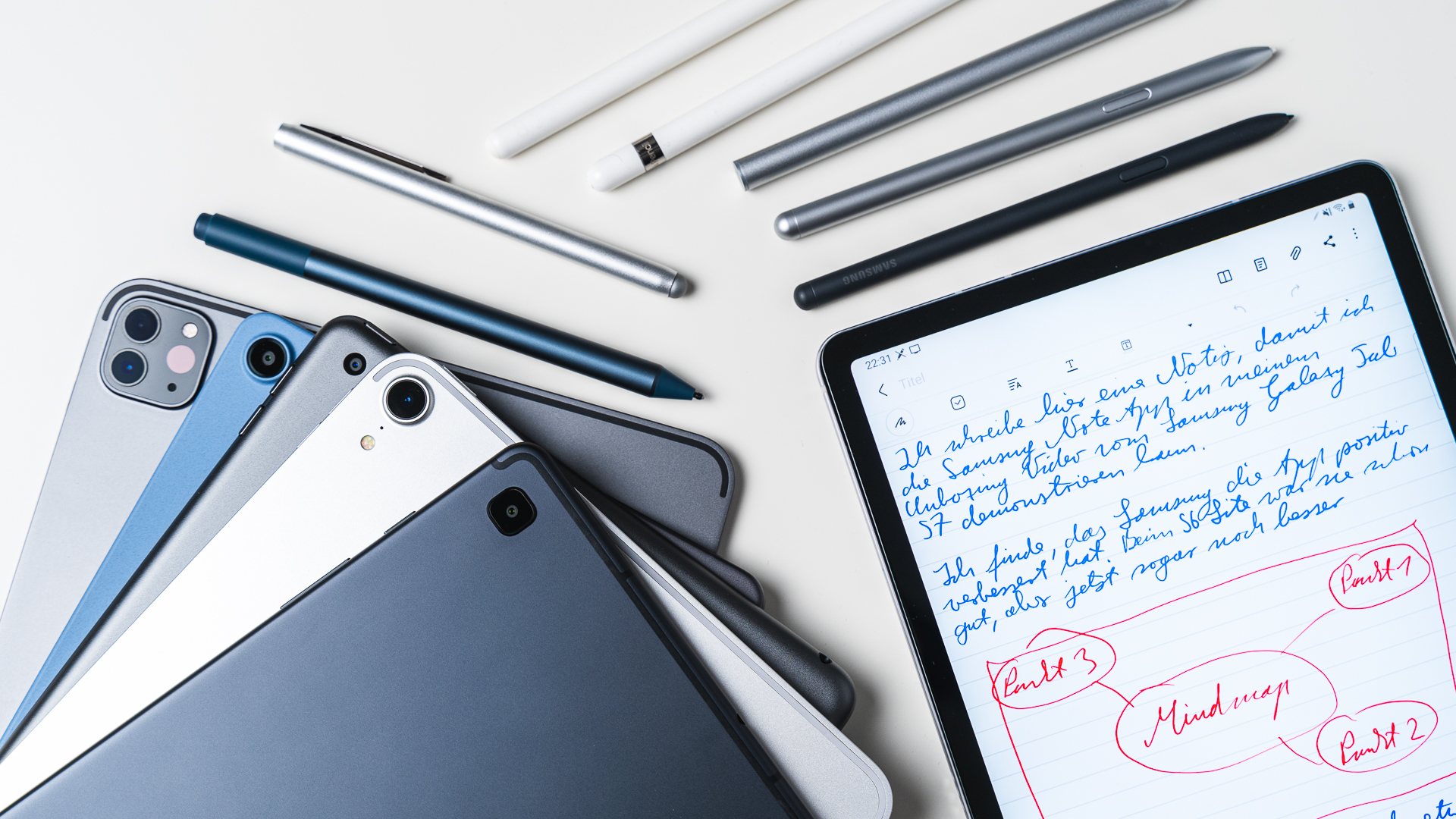
 The Best6 months ago
The Best6 months ago9 Best Tablets With Stylus Pen For Drawing & Writing | 2024 Edition
-
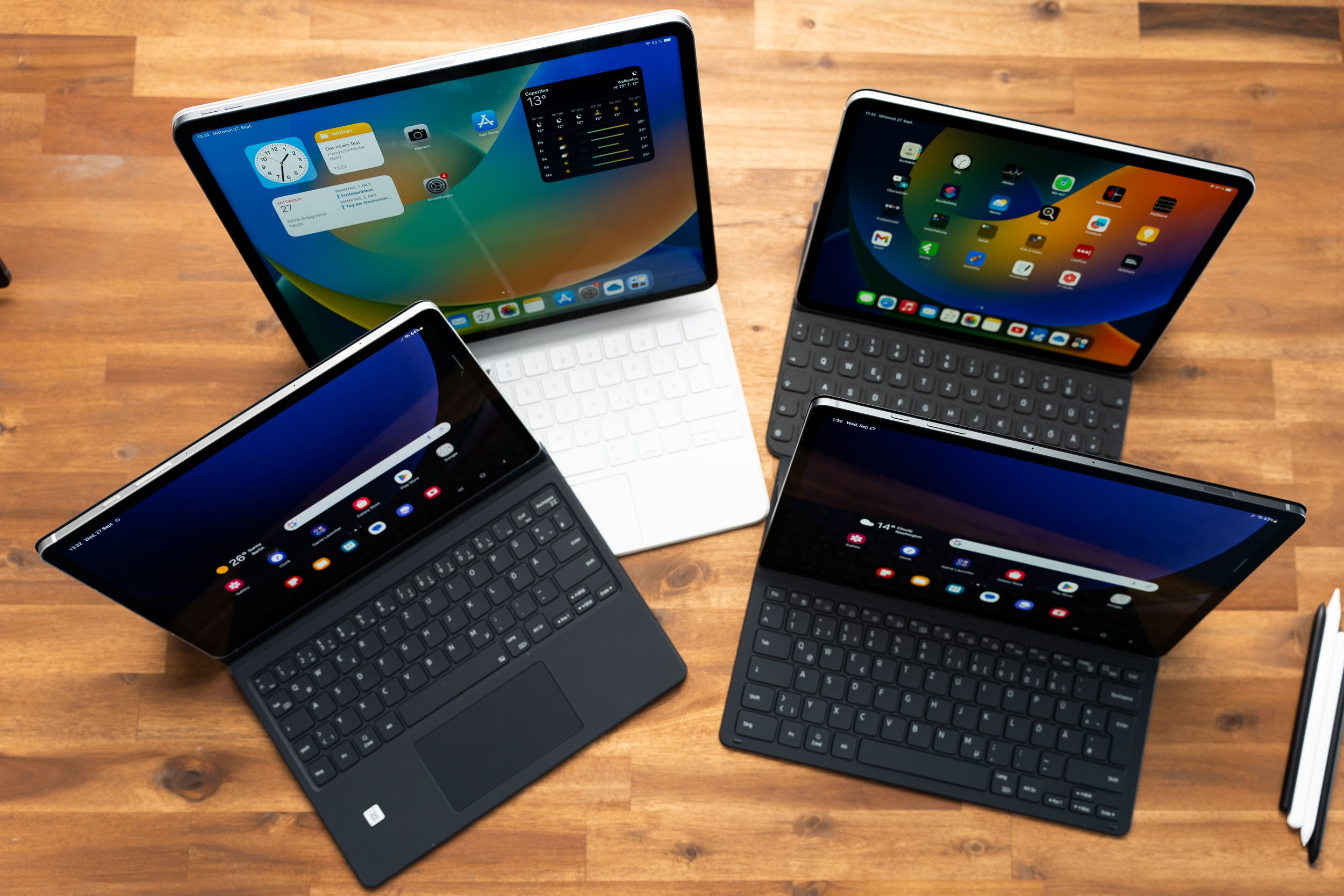
 The Best5 months ago
The Best5 months agoTop 10 Best Tablets with a Keyboard | 2024 Edition
-
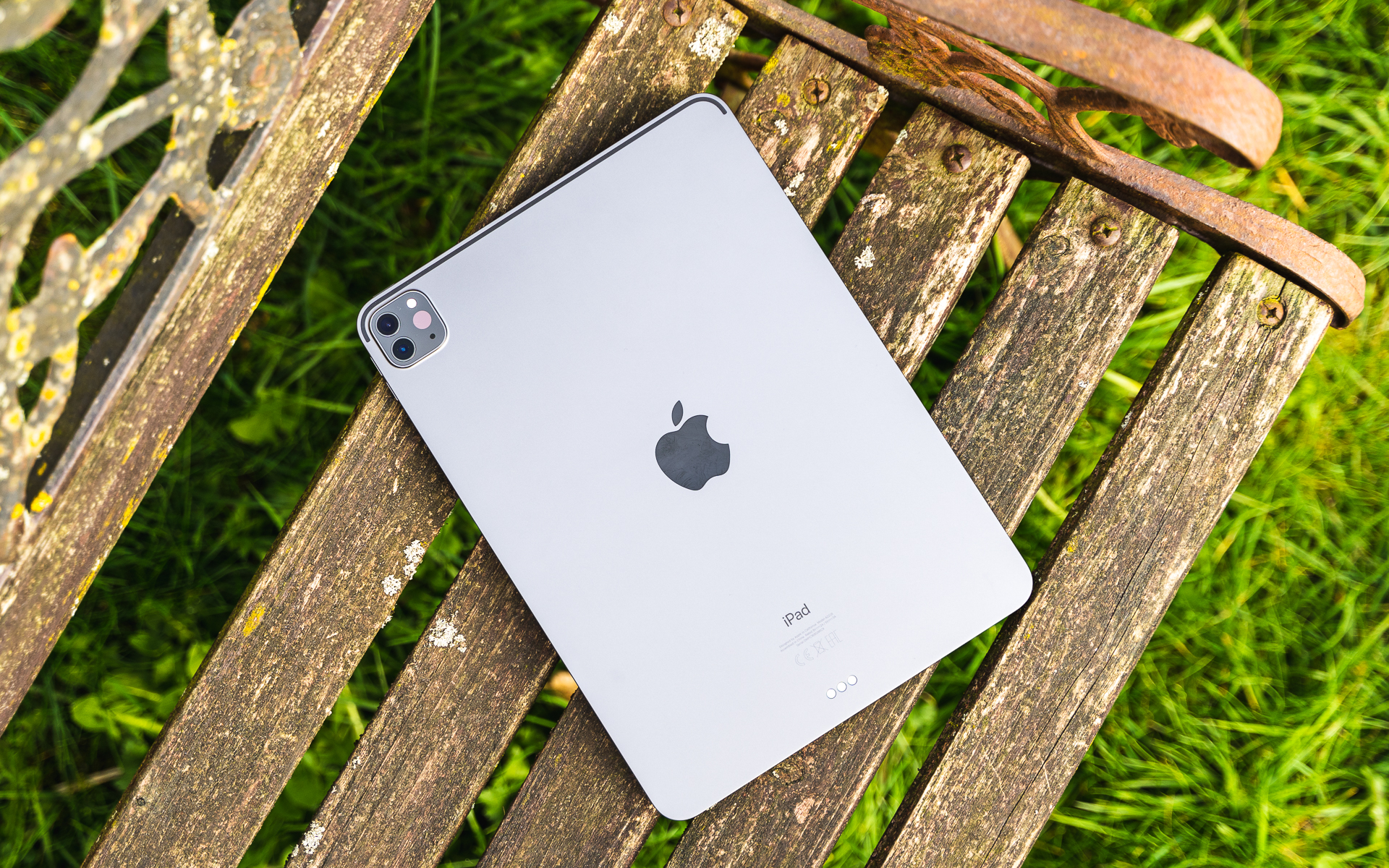
 The Best4 months ago
The Best4 months ago11 Best Tablets With 5G, 4G LTE & SIM Card Slot in 2024
-
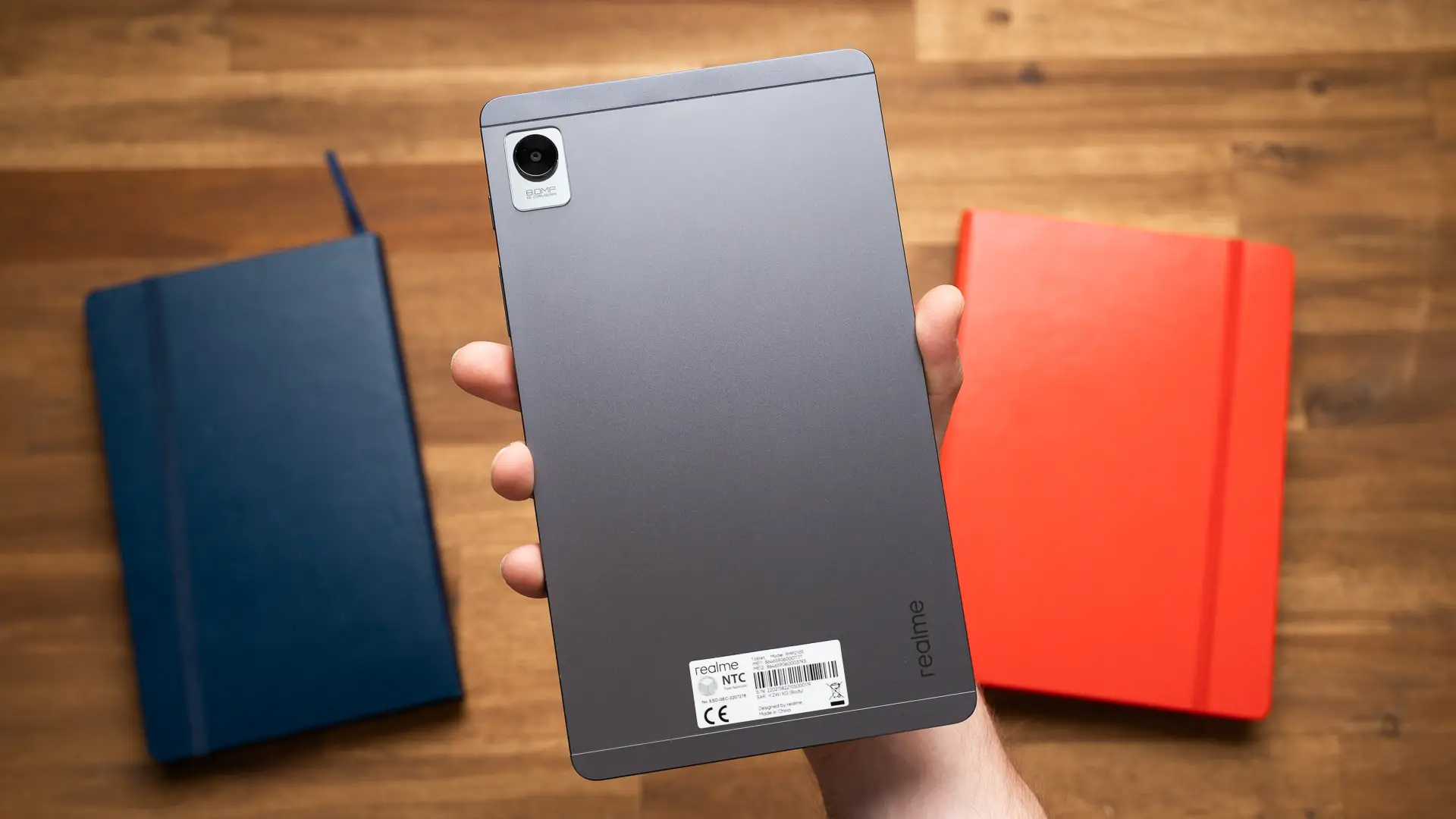
 The Best4 months ago
The Best4 months ago6 Best 8-Inch Mini Tablets Review & Comparison | 2024 Edition
-
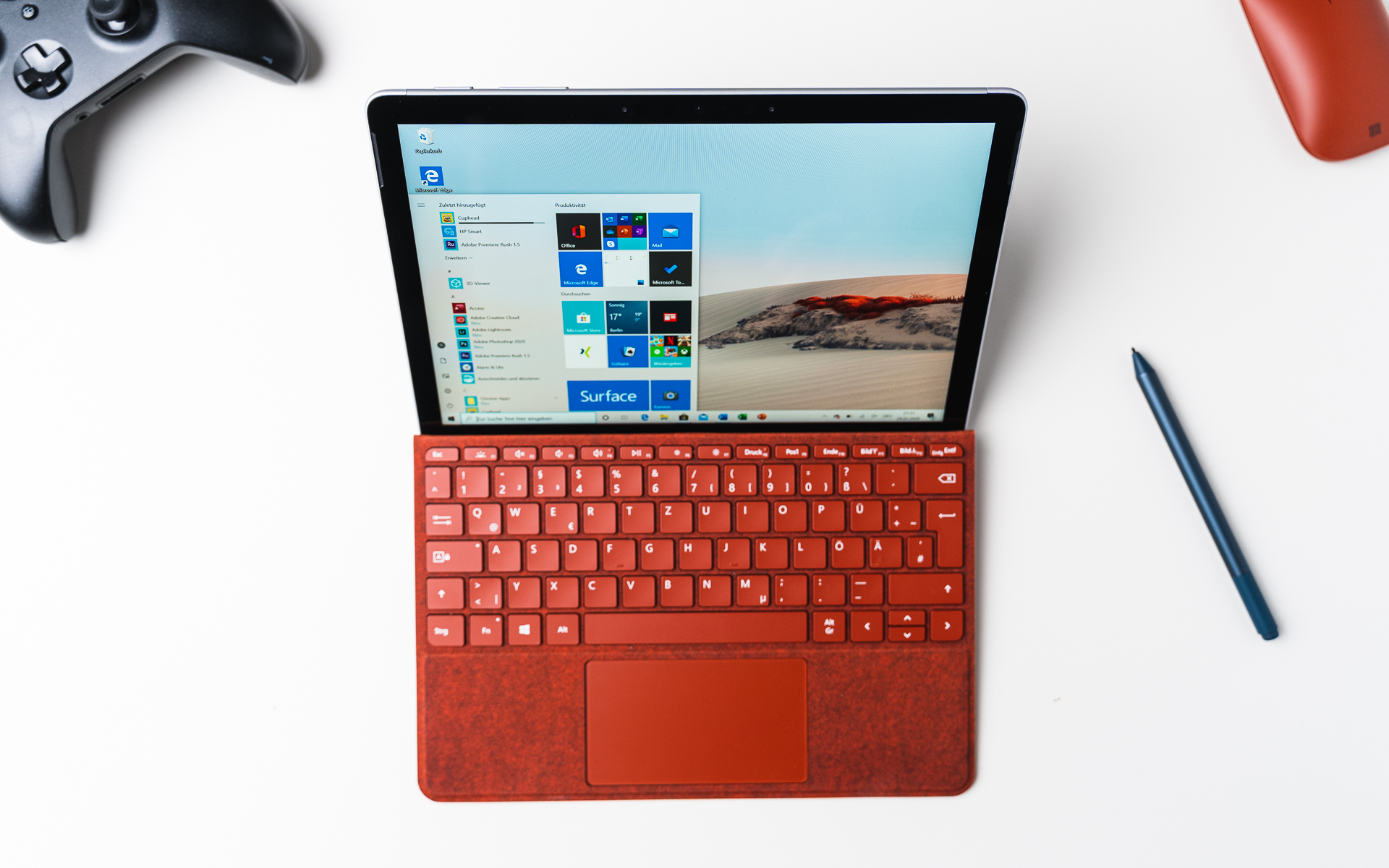
 The Best5 months ago
The Best5 months agoTop 3 Best Windows Tablets You Can Buy Today | 2024 Edition
-
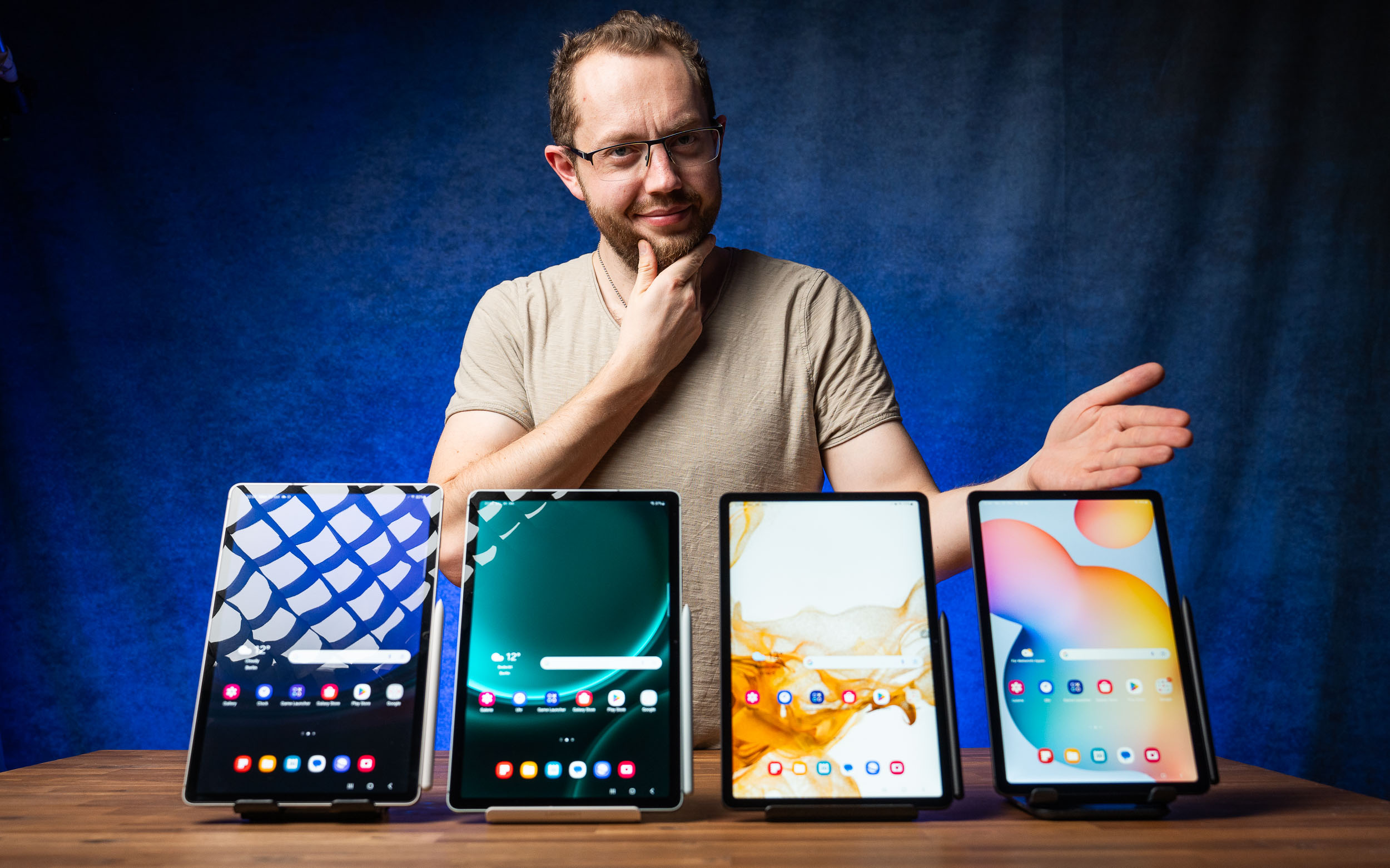
 The Best6 months ago
The Best6 months agoThe 8 Best Samsung Tablets: Our Big 2024 Comparison
-
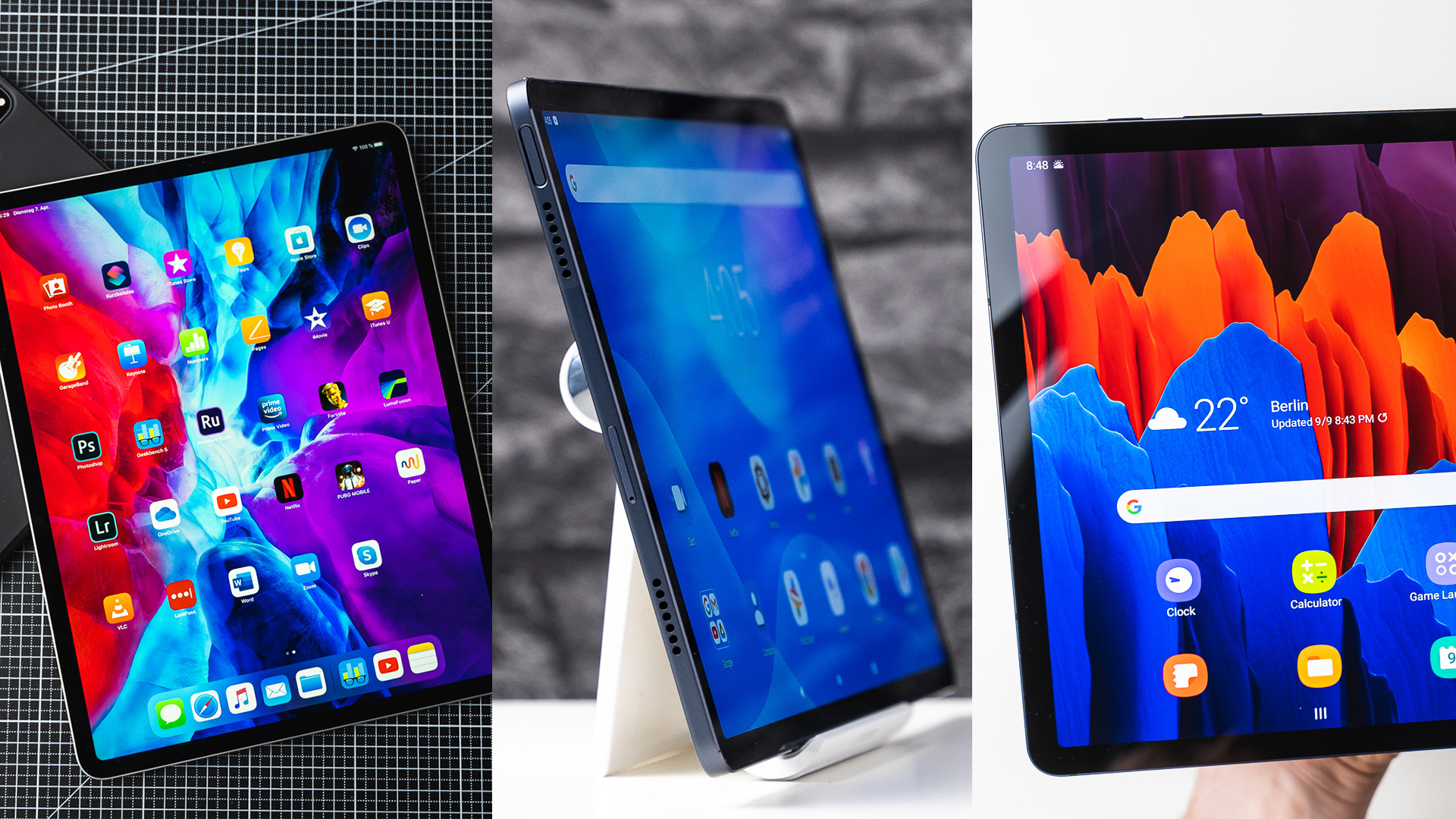
 The Best6 months ago
The Best6 months agoTop 7 Best Large Screen Tablets Tested | 2024 Edition
-

 The Best6 months ago
The Best6 months agoTop 6 Best Budget Tablets Under 200 Dollars | 2024 Edition

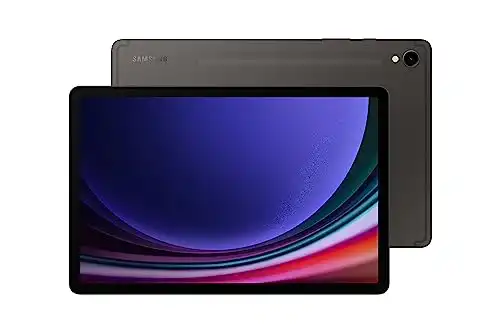
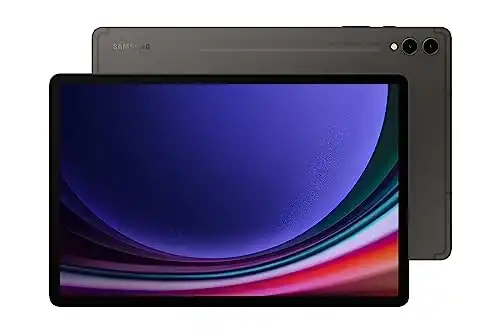
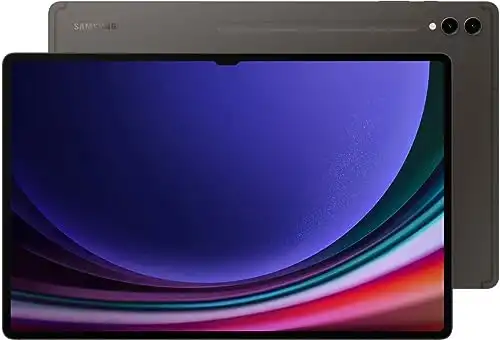
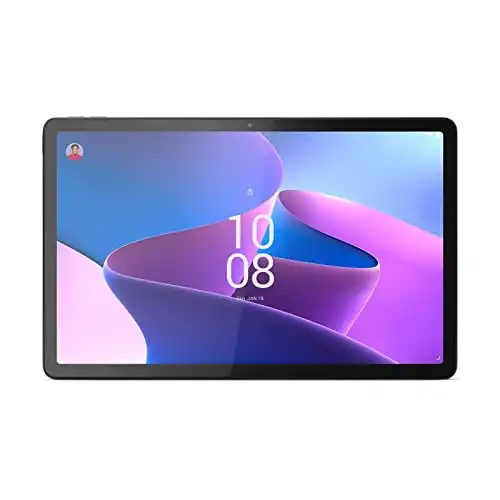
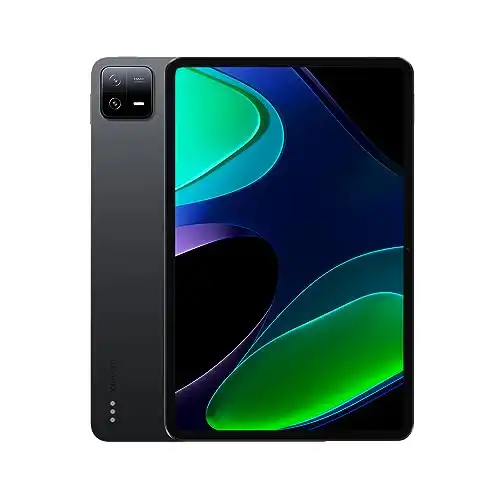
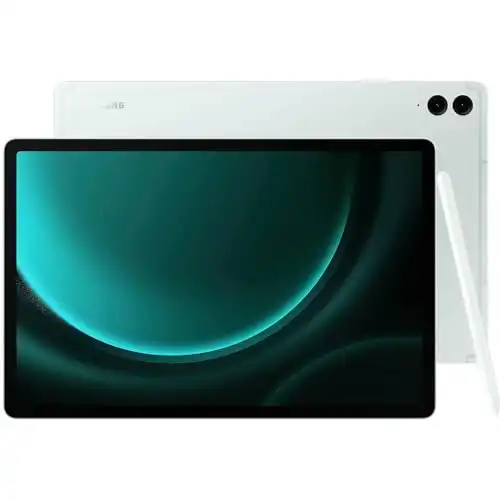
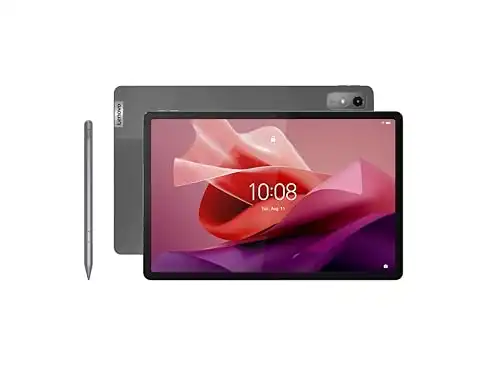
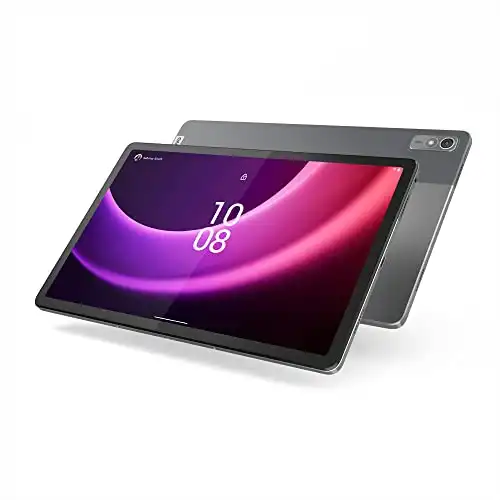
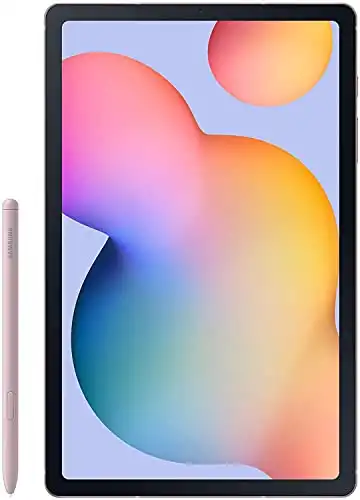
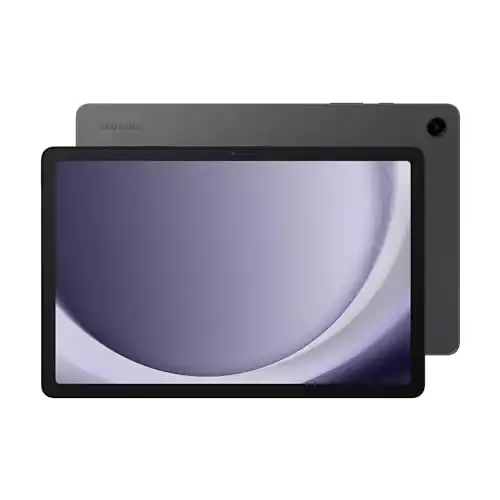
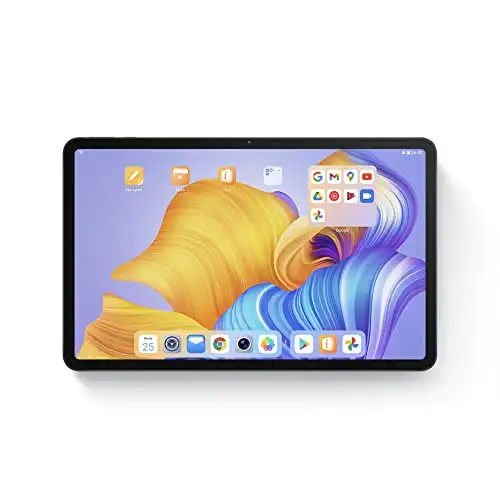
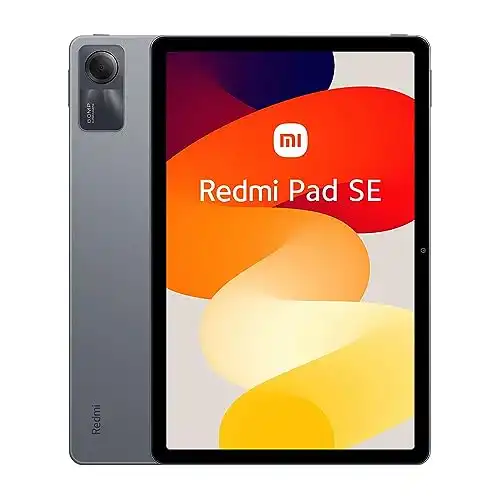
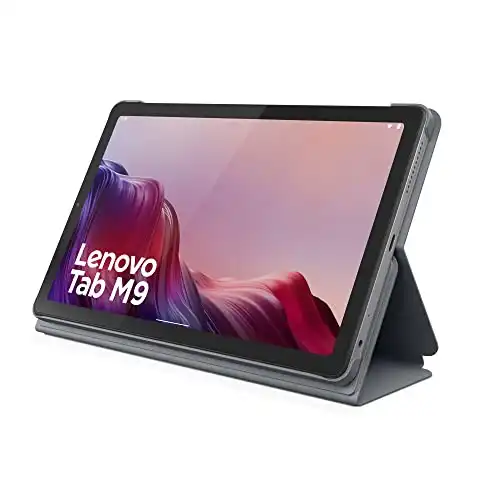
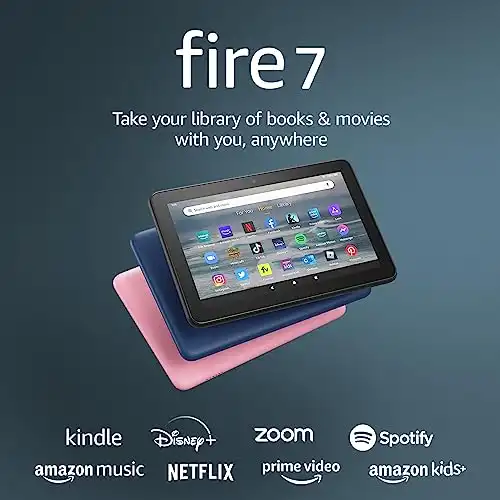

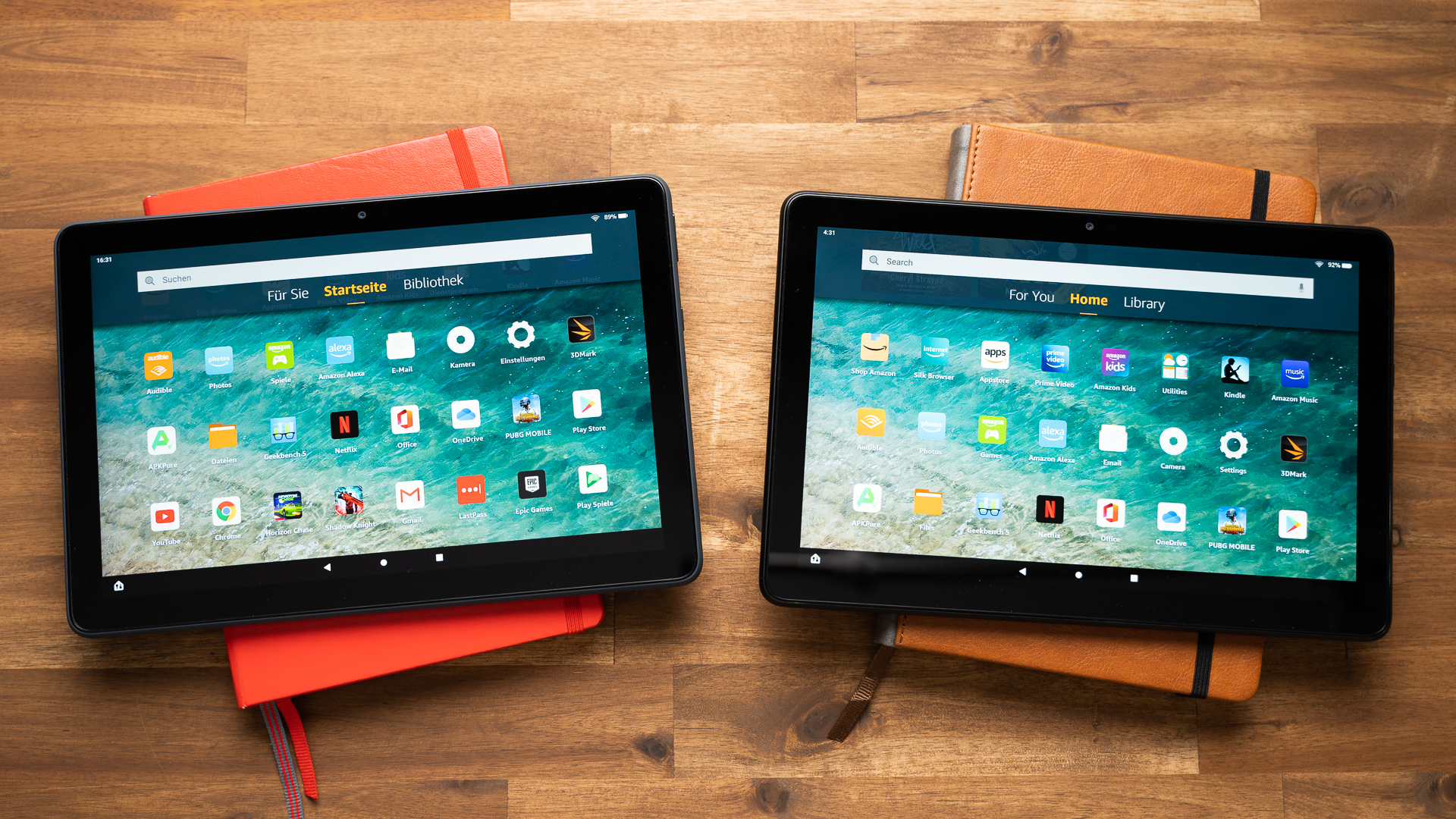
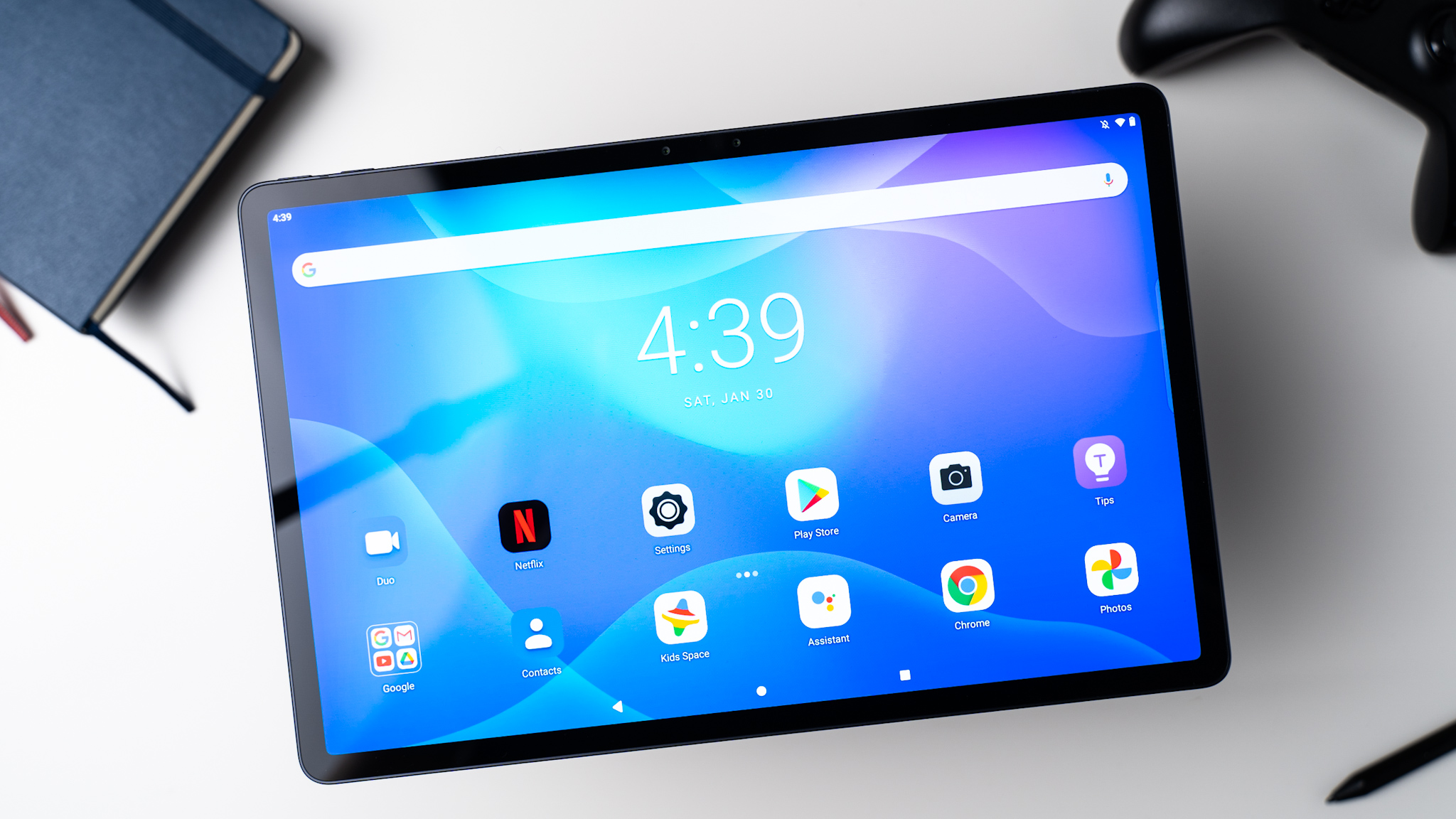
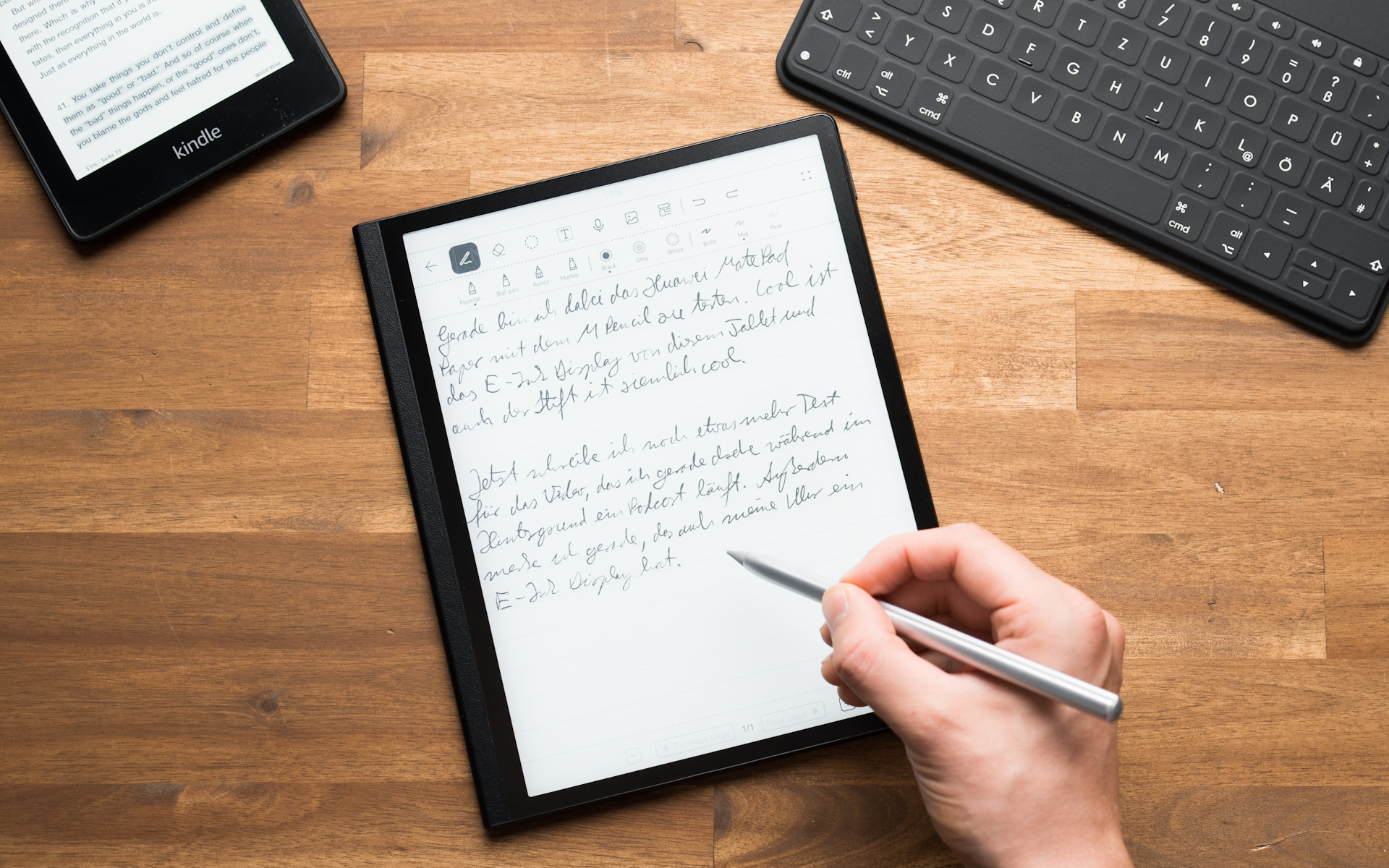
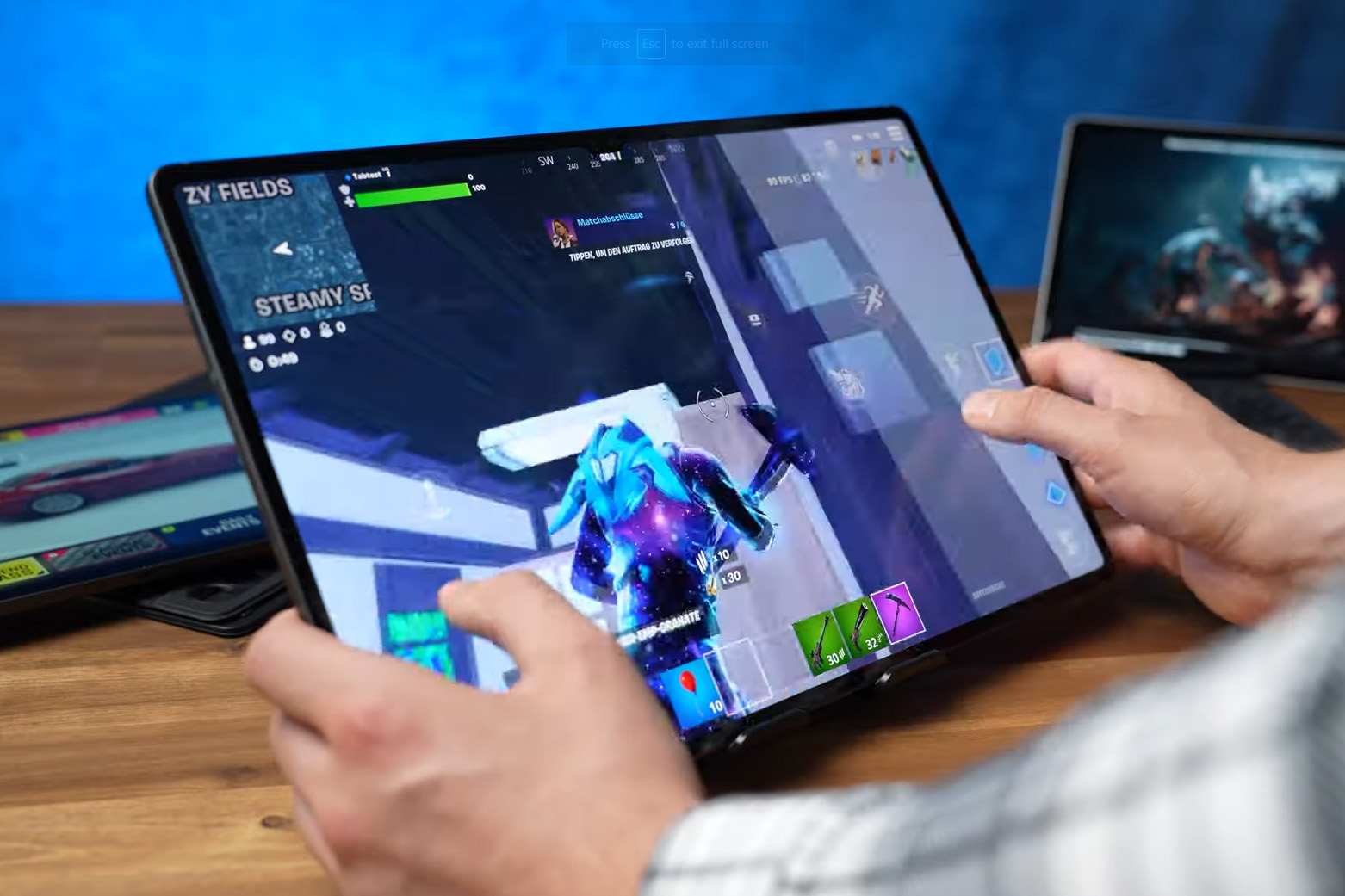
Endy Uzo
June 23, 2017 at 11:03 am
hello, i didn’t see mediapads, why
ofomia aziz
May 20, 2019 at 12:08 pm
Xaiomi mi 4 vs huawei mediapad m5 8
Bjorn H
September 2, 2019 at 3:24 pm
Huawei has ruled them self out of the equation by actively blocking any possibility to move apps to SD.
32GB don’t get you far if you are a active user.
16GB gets you nowhere.
Bjorn H
September 11, 2019 at 6:27 pm
Huawei have actively removed the possibility to move apps to SD. One of the key features in Android. Buy a 16GB and it’s out of memory before you even start. Buy a 32GB and maybe you’re able to run it a week or a month before you’re out of memory.
HIRA
September 26, 2019 at 6:07 am
Is Mediapad T5 still a good option vs Tab A 10.1 2019, considering that huawei is available with 3 Gb version and samsung is only available with 2 GB
Pingback: Samsung_18:id:581 – My CMS
Pingback: Amazon Fire HD 10 & HD 10 Plus Review: This Time With A Keyboard
Pingback: Samsung Galaxy Tab A7 Lite Review: An Affordable 8-Inch Tablet
Pingback: Lenovo Yoga Tab 11 Review: With Kickstand & Stylus • MyNextTablet
Murray Henley
September 9, 2022 at 7:11 pm
The recently released Lenovo Tab M10 Plus (3rd Gen), is now a true midrange tablet and deserves a spot in this 10 Best feature.
For the affordable price it’s selling for, it’s a better value than the Galaxy Tab A8.
Pingback: HTC A102 Tablet Shows Up in Google GMS Certification
pat
April 7, 2023 at 12:36 pm
still no mention if PWM is used on any if these tablets.
Why do reviewers refuse to at least mention it so people dont end up with headaches, eyestrain eyc because of this ‘flickering’ of the screen.
Yes Oled screen or amoled screens are great but not when you spent a lot of money and then have to return it because it gives you headaches etc…
Pingback: Higher Than Samsung Galay Tab? - News Proper
Pingback: Replacing Your iPad and Kindle? - Download APK Android Free and Save
Pingback: Better Than The Lenovo Tab M7? - Download APK Android Free and Save
Pingback: Lenovo Duet 3 Chromebook Review: Best Value With A Keyboard?
Pingback: Amazon Fire 7 2022 Review: Better Than The Lenovo Tab M7?
pat
September 5, 2023 at 10:33 am
months later….no reaction at all..as usual
Same on youtube….
Maybe one day when these reviewers start having headaches etc when using (am)led screens using pwm they will understand why it is important to at least inform people…
Pingback: MicroSD Card Buying Guide: Everything You Need To Know • MyNextTablet
Pingback: The Best 10-Inch Tablets Of 2024 (Android, Windows, iPads)
Pingback: Top 9 Best Tablets With A Stylus Pen | 2024 Edition • MyNextTablet
Pingback: How We Review Hundreds Of Tablets: Our Tests Explained • MyNextTablet
Pingback: The 6 Best Tablets for Video Editing | 2024 Edition • MyNextTablet
Pingback: This Is How The New Desktop Mode In Android 15 Looks Like